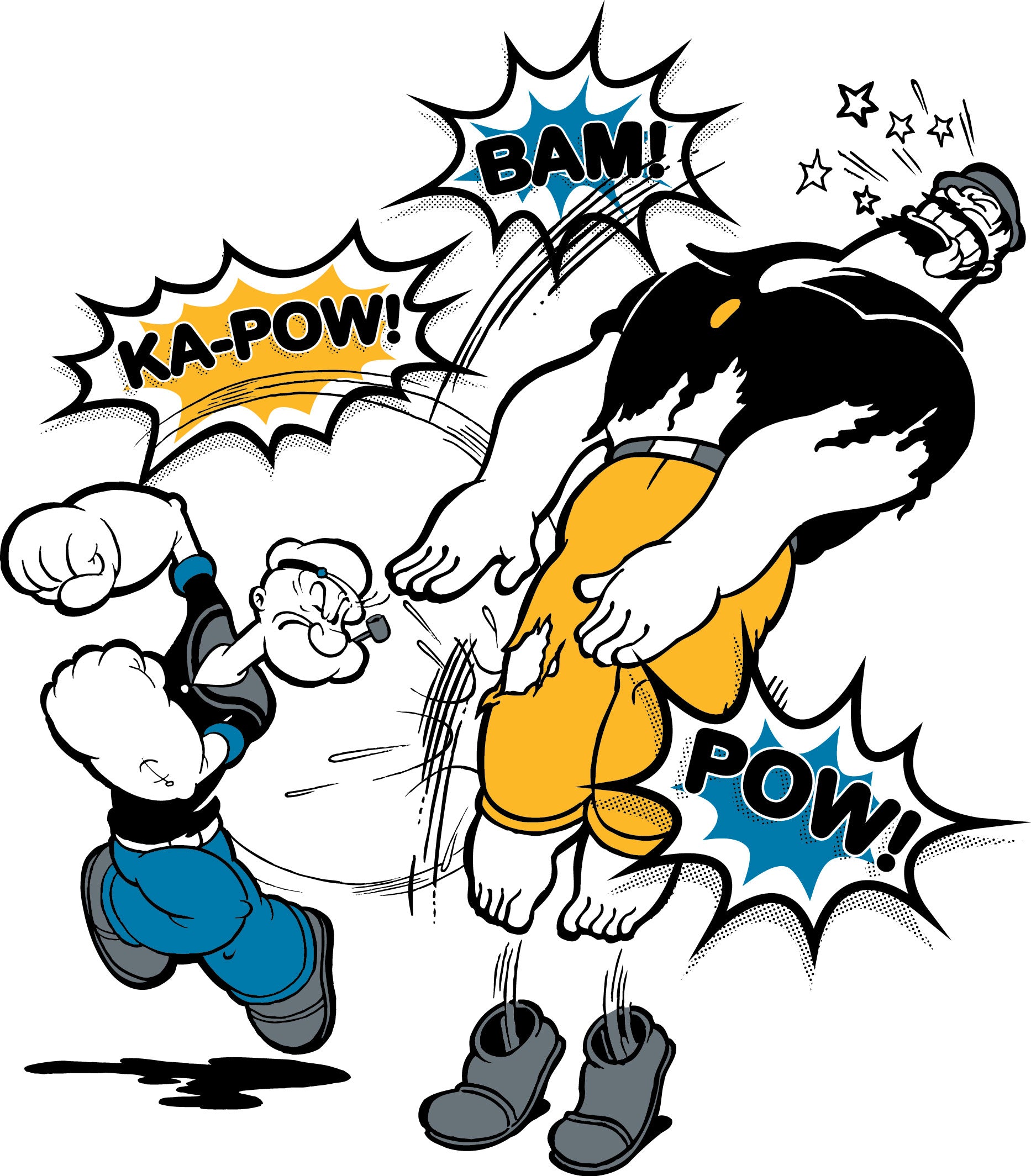When we think of great rivalries in pop culture—Batman vs. Joker, Tom vs. Jerry, or Bugs Bunny vs. Elmer Fudd—Popeye and Bluto are often left out of the conversation. Yet their ongoing feud, which has spanned decades, countries, and mediums, represents one of the most enduring and oddly compelling rivalries in cartoon history. Rooted in more than just slapstick or one-upmanship, the Popeye-Bluto dynamic explores themes of strength, perseverance, masculinity, and moral character—all wrapped up in nautical nonsense and animated punches.
Origins of a Grudge: From Thimble Theatre to Global Screens
The rivalry began in the early 1930s, when Popeye made his animated debut after first appearing in the “Thimble Theatre” comic strip by E.C. Segar. Bluto entered the picture in 1932 as Popeye’s main antagonist, introduced in the Fleischer Studios animated shorts. From the get-go, Bluto was everything Popeye wasn’t—physically larger, louder, meaner, and more conniving.
Despite his imposing build and bluster, Bluto was routinely outwitted and out-punched by the squinty-eyed sailor—usually after Popeye chugged a can of spinach and went full superhuman. While on the surface it looked like a simple tale of good versus bad, the dynamic tapped into deeper themes of resilience and the triumph of will over brute force.

The Formula That Never Got Old
Each episode of their rivalry may have followed a familiar formula—Bluto causes trouble, Olive Oyl gets caught in the middle, Popeye struggles and then saves the day—but that predictability became part of its appeal. Audiences tuned in not for surprise plot twists, but for the satisfaction of seeing justice served in a way that felt earned and cathartic.
Bluto wasn’t just a villain for villainy’s sake. He represented obstacles: corporate greed, aggression, bullies, or just plain bad luck. Popeye, in contrast, was the working-class everyman who never gave up, no matter how many times he got knocked down. Their fights weren’t just physical—they were metaphorical battles of decency versus dominance.
Underrated Humor and Physical Comedy
What makes the Popeye-Bluto rivalry so underrated is the sheer comedic range it employed. Their showdowns were full of exaggerated physical comedy—think buildings collapsing, absurd disguises, flying fists—but they also leaned heavily on wit and timing. Bluto’s theatrical mustache-twirling villainy was countered by Popeye’s mumbled sarcasm and unexpected cleverness.
Their rivalry also didn’t take itself too seriously. Bluto might go from kidnapping Olive Oyl in one scene to working alongside Popeye in another episode. This moral flexibility was both ridiculous and endearing, emphasizing that in cartoons—as in life—people aren’t always boxed into one role.
Cultural Impact and Enduring Legacy
Popeye and Bluto’s confrontations helped define what cartoon rivalries could look like. Long before superheroes and anime duels dominated screens, these two seafarers showed how animated characters could channel real-world struggles in digestible, entertaining formats.
The duo also influenced generations of storytelling, setting the stage for countless "love triangle" plots, David vs. Goliath metaphors, and comic relief villains. And let’s not forget: the rivalry indirectly boosted spinach sales worldwide, proving that cartoon rivalries can have very real consequences.
Rethinking the Rivalry
Part of what makes Popeye vs. Bluto so enduring is how adaptable it is. Over the years, new interpretations have cast Bluto as less of a brute and more of a comedic foil, while Popeye’s grit and moral code remain central. The rivalry reflects a timeless struggle: the individual against the system, kindness against cruelty, perseverance against shortcuts.
In many ways, it’s less about Popeye defeating Bluto and more about what it takes to stay true to yourself in a world that constantly tries to knock you down.

Popeye vs. Bluto: A Rivalry Worth Revisiting
While other cartoon rivalries may have more flash or fanfare, few match the depth, longevity, and humor of Popeye and Bluto’s. Their ongoing battle isn’t just about muscles or machismo—it’s about resilience, wit, and the enduring belief that doing the right thing (with a little spinach on the side) will eventually win the day.
In the landscape of animated conflict, Popeye vs. Bluto deserves its rightful place at the top—not just as a source of laughs, but as a timeless example of how even the most exaggerated characters can reflect real human values.










































